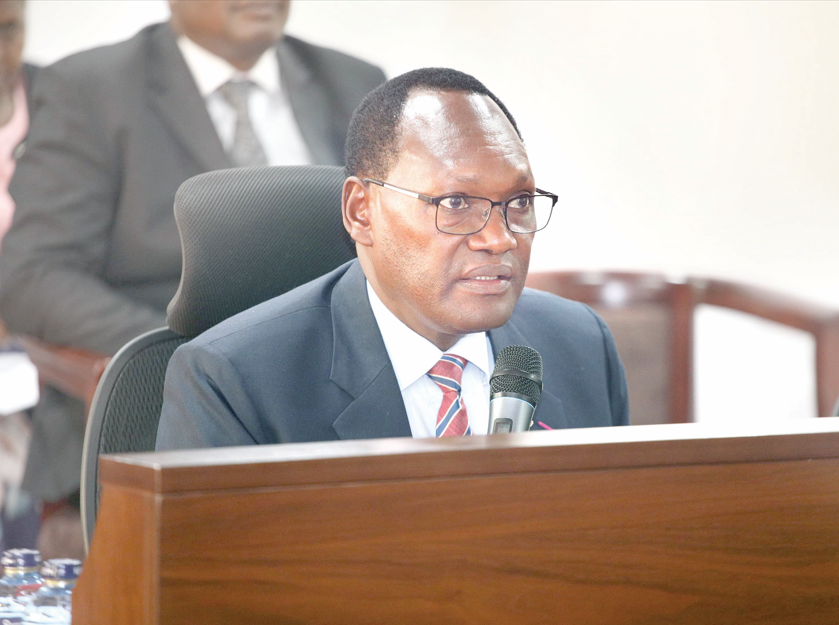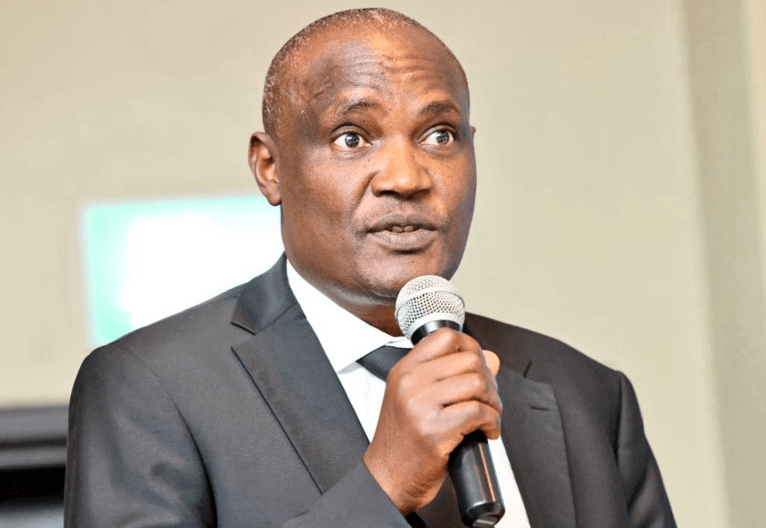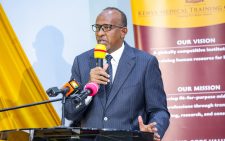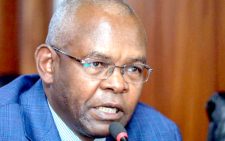Kenya’s poverty crisis worsens amid economic slowdown and rising public debt
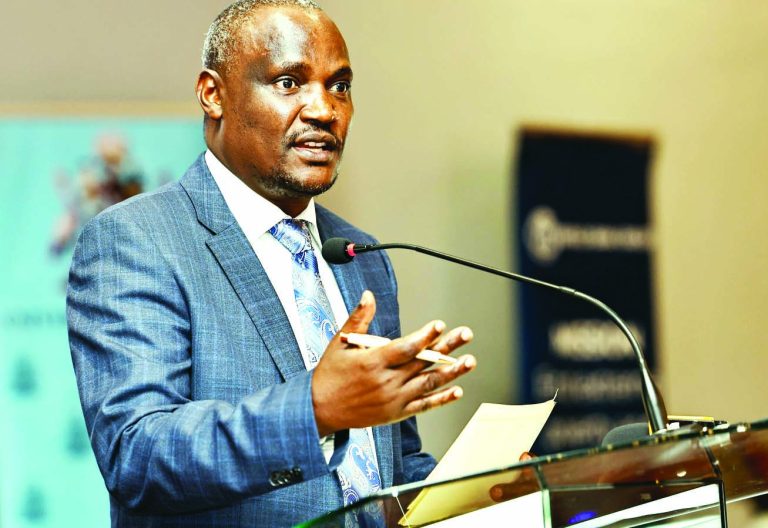
Kenya’s poverty crisis has intensified over the past five years, with the number of poor citizens rising from 15.8 million in 2019 to 19.1 million in 2022, according to a new World Bank report.
This troubling trend reflects the government’s struggle with fiscal policy challenges amid a growing population and persistent economic difficulties.
Regional disparities
The World Bank’s 31st Edition Kenya Economic Status report reveals that poverty remains concentrated in rural areas, particularly the arid and semi-arid lands (ASALs).
These regional gaps highlight structural inequalities and uneven access to essential services, underscoring the urgent need for more inclusive economic growth.
“Fiscal policy determines how governments raise and spend resources to influence employment, inflation, growth, and income distribution,” the World Bank noted.
“Tax revenues fund infrastructure, education, healthcare, and social protection, while subsidies and targeted spending can reduce poverty and inequality.”
Growth stagnates
Kenya’s economic momentum has slowed dramatically. The Kenya National Bureau of Statistics Economic Survey shows the country’s growth declined from 5.7 per cent (Ksh16.2 trillion) in 2023 to 4.7 per cent Ksh15 trillion) in 2024.
This deceleration compounds the challenges facing ordinary Kenyans already struggling with inflation and high commodity prices.
The government’s fiscal policy faces intense scrutiny due to rising debt-service costs, constrained public finances, and declining household welfare.
Despite prioritising fiscal consolidation to balance debt sustainability with economic growth, persistent deficits driven by spending pressures and sluggish revenue growth led to the controversial Finance Bill 2024.
Policy reversal
The proposed tax increases in the Finance Bill 2024 sparked widespread protests, notably led by Generation Z in June 2024, forcing the government to withdraw the legislation.
These demonstrations signalled strong public demand for a more equitable and transparent fiscal framework.
Kenya’s poverty trajectory tells a complex story. Between 2005 and 2019, the country made remarkable progress, with poverty rates falling from 46.7 per cent to 33.6 per cent.
Most gains occurred between 2005 and 2015, driven by favourable agricultural conditions.
However, the COVID-19 pandemic reversed this positive trend, pushing poverty to 42.9 per cent in 2020, with urban areas particularly hard hit. While partial recovery brought the rate down to 38.6 per cent in 2021, poverty stagnated at 39.8 per cent in 2022, reflecting the compounded effects of drought and global inflation.
The World Bank warns that Kenya’s ability to fund public spending without risking financial stability continues to shrink.
Rising public debt, increasing spending needs, and slow revenue growth create a perfect storm of fiscal challenges.
“Debt has risen due to heavy borrowing for infrastructure and social programs, increasing debt servicing costs and limiting budget flexibility,” the report explains.
“Meanwhile, demands for spending on health, education, and social protection are growing, while tax collection inefficiencies make it harder to increase revenue.”
Education inequality
Even President William Ruto’s new university funding model, introduced in 202,3 has failed to level the playing field.
The World Bank found that wealthier students receive a “disproportionately large share” of benefits from tertiary education funding.
Poor students face multiple barriers, including transport costs, school fees, limited access to quality schools, and pressure to enter the workforce early.
These obstacles prevent them from completing secondary school and qualifying for university, meaning public investment in tertiary education primarily benefits higher-income households.
